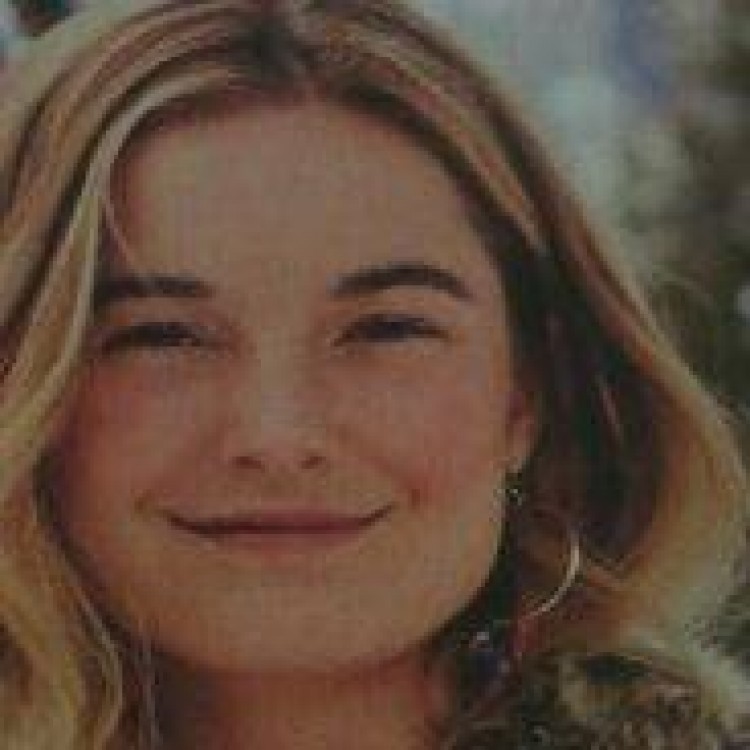Eslanda Goode Robeson was the wife of the famous singer and civil rights activist Paul Robeson. However, she was an important shero in her own right, distinguishing herself both in political activism and as an anthropologist.
The daughter of a freed slave, Essie, born in 1896, was passionately interested in Africa and the conditions that made the mother continent vulnerable. Her mother, Eslanda Cardoza Goode, was of mixed race, born among South Carolina’s free blacks to an octoroon mother and a wealthy Spanish Jew, Isaac Nunez Cardoza. Essie’s uncle Francis Louis Cardoza was named as “the most highly educated Negro in America” by Henry Ward Beecher. When Essie was six, her father died of alcohol abuse and the family moved to New York City just in time for the birth of the Harlem Renaissance. Essie was well educated herself, attending Teachers College at Columbia University and one year of medical school, ultimately receiving her degree in chemistry from Columbia. Her other interests included a strong proclivity for politics and the desire to fight for racial equality. Essie was on her way to becoming a model for the new equality when she became the first black person to work in the pathology and surgery departments of Columbia Presbyterian, where she ran the lab. In the twenties, she met and married Paul Robeson; after hearing him sing at a party, Essie became convinced he had a future in show business. She talked him into performing and soon his career was launched. By the mid-twenties, Paul was the toast of Europe and America; Essie quit her job to travel with Paul and manage his career. However, over and over the duo suffered the sickening hypocrisy of a white society that lauded Paul as the toast of stage and screen while not allowing Essie and him to eat in the same restaurants as the white music patrons. To avoid the pain, Essie began to stay home and focus upon their shared dream of a modern black family—emancipated, educated, and enlightened.
In the thirties, the ever intellectually restless Essie developed an intense interest in anthropology and in Africa. Studying at London University and the London School of Economics, she became even more radicalized: “I soon became fed up with white students and teachers ‘interpreting’ the Negro mind and character to me,” she wrote later. “Especially when I felt, as I did very often, that their interpretation was wrong.”
She decided to make her own conclusions. She traveled to Africa several times, exploring widely, up the Congo and into the heartland by any means available. Her exploration led her to emphasize the importance of racial pride in overcoming racism, and she banded with other black people to found the Council of African Affairs. She was always extremely outspoken about the plight of her people as a result of slavery and colonialism and never backed down from a debate. She drew fire when she suggested the Soviet Union had created a better foundation for equality than the United States. In the forties, during World War II, she was especially vocal, perceiving that the war against Fascism was an opportunity for a more racially united and equal opportunity America. Her book, African Journey, was published in 1945; that same year, as a representative of the Council on African Affairs, Essie participated in the conference that founded the United Nations.
In the fifties, the activity and views of the Robesons were brought to the attention of Senator Joseph McCarthy who called her before the House Un-American Activities Committee. McCarthy was no match for the brilliance and verbal dexterity of Essie, who turned the tables on him, drilling him with questions about the black civil rights issue. But McCarthy got his revenge, revoking both their passports, reducing Paul’s income from international concert tours to almost nil.
This only spurred Essie on to greater activism—ultimately her passport was reinstated and she traveled to Germany to receive the Peace Medal and the Clara Zetkin Medal,
a governmental award for women who have fought for world peace. She continued to write articles and give speeches on behalf of equality and justice until she died in 1965. No matter what the personal cost, Essie fought to free her people from the invisible bonds that still held them back. Her work was invaluable in the civil rights movement; her call for absolute racial equality rang clear and true: “No man can be free until all men are free.”


